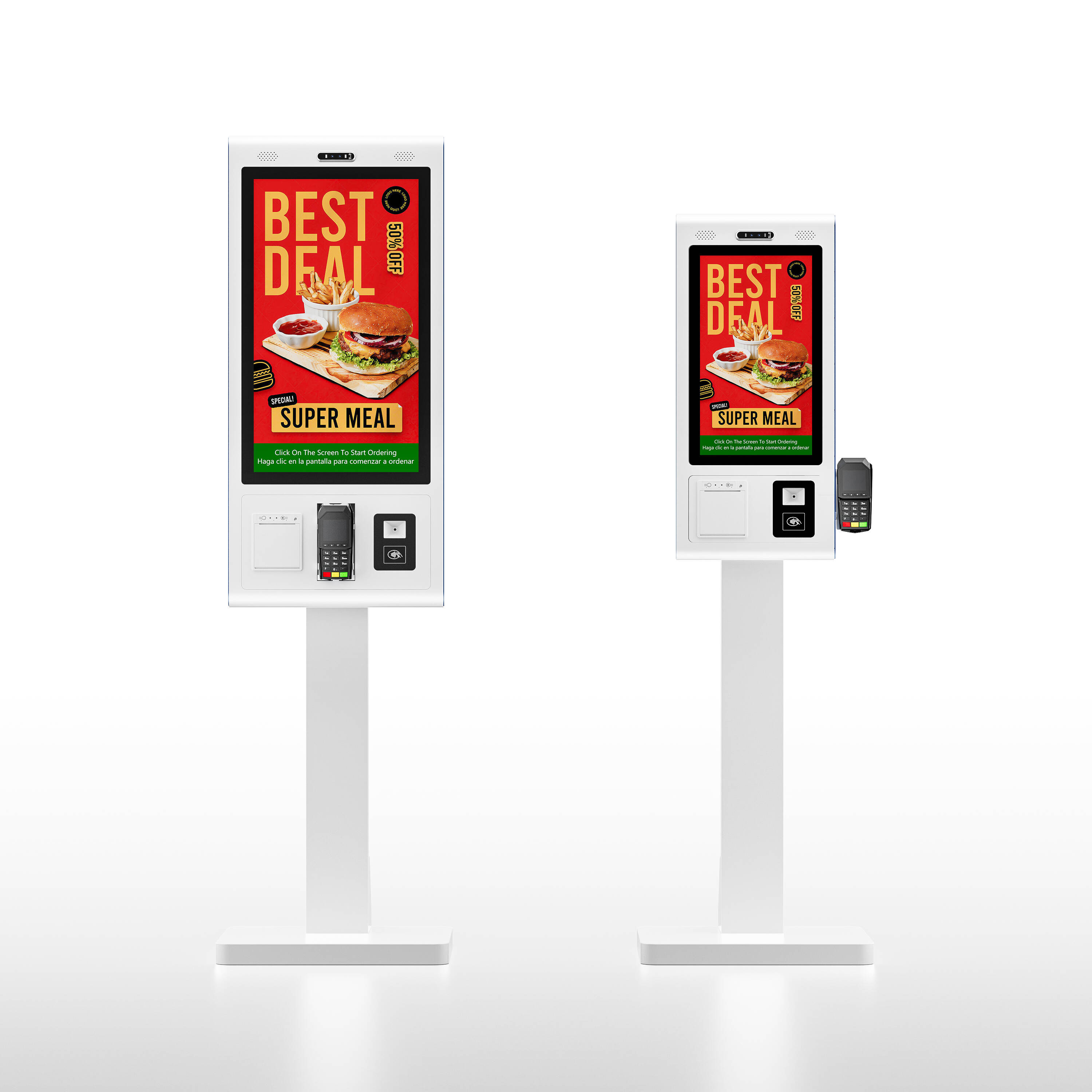Ошибка формата электронной почты
emailCannotEmpty
emailDoesExist
pwdLetterLimtTip
inconsistentPwd
pwdLetterLimtTip
inconsistentPwd

Новости
Здесь вы можете описать кусок текста, который хотите выразить

The Rise of Ordering Machines: How Smart Ordering Systems Are Transforming the Restaurant Industry
In recent years, technology has drastically changed the way we dine. One of the most significant innovations that is reshaping the restaurant industry is the rise of ordering machines—smart, self-service systems that are quickly becoming a staple in many restaurants, cafes, and fast-food chains.
What Are Ordering Machines?
Ordering machines are interactive kiosks or digital interfaces that allow customers to browse menus, place orders, and pay—all without needing to interact with a human server. These machines come equipped with touchscreens, easy-to-navigate menus, and payment processing capabilities, offering a streamlined and efficient dining experience.
Key Features of Smart Ordering Systems
-
User-Friendly Interface: Ordering machines are designed with simplicity in mind, allowing customers to quickly and easily select their desired dishes. The interface is intuitive, often featuring clear images and detailed descriptions of each item.
-
Customizable Orders: Customers can modify their orders based on preferences (e.g., allergies, dietary restrictions, or portion sizes), ensuring that they get exactly what they want without confusion.
-
Efficient Payment Integration: Ordering machines come with secure payment gateways that accept various forms of payment, including credit cards, mobile payments, and digital wallets, making the checkout process faster and hassle-free.
-
Speed and Convenience: With the ability to browse the menu and place orders at their own pace, customers can avoid long wait times, reducing the overall time spent at the restaurant.
How Ordering Machines Are Changing the Restaurant Industry
-
Improved Efficiency: By automating the ordering process, restaurants can speed up service and reduce the workload of waitstaff. This allows servers to focus on customer service, while the machines handle the routine tasks of taking orders and processing payments.
-
Enhanced Customer Experience: Customers appreciate the freedom to order without feeling rushed or pressured by waitstaff. They also enjoy the transparency, as the machine clearly displays prices, ingredients, and any available promotions. This creates a more relaxed and enjoyable dining experience.
-
Cost Savings for Restaurants: With fewer human servers required, restaurants can save on labor costs. Additionally, reducing errors in orders and payments helps to lower operational costs and improve profit margins.
-
Personalized Marketing Opportunities: Smart ordering systems can collect data about customer preferences and order history, allowing restaurants to offer targeted promotions, loyalty rewards, and personalized suggestions, enhancing customer retention.
The Future of Ordering Machines
As technology continues to evolve, we can expect to see even more sophisticated ordering machines with artificial intelligence (AI) and machine learning capabilities. These systems could anticipate customer preferences, suggest menu items based on previous orders, and even adjust recommendations based on factors like time of day or local trends.
Additionally, the integration of contactless ordering and delivery solutions will further elevate the convenience and safety of dining experiences, especially in a post-pandemic world.
Conclusion
The rise of ordering machines marks a turning point in the restaurant industry. By increasing efficiency, enhancing customer experiences, and lowering costs, these smart systems are revolutionizing how we dine. As more restaurants adopt these technologies, we can expect an even more seamless, personalized, and innovative dining experience in the years to come.

